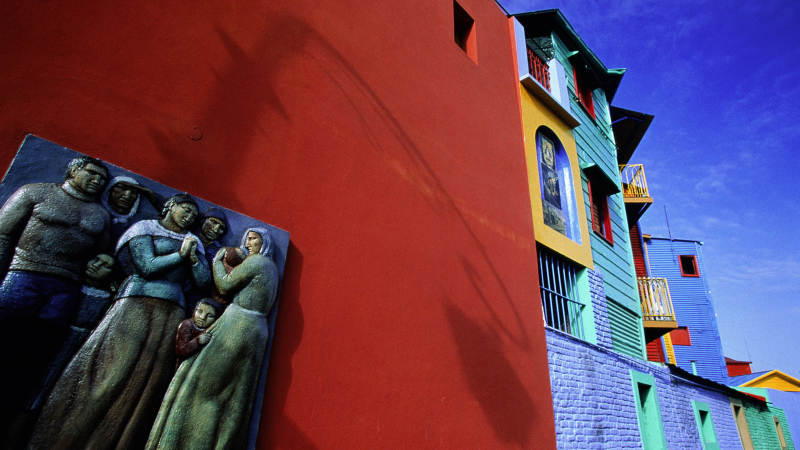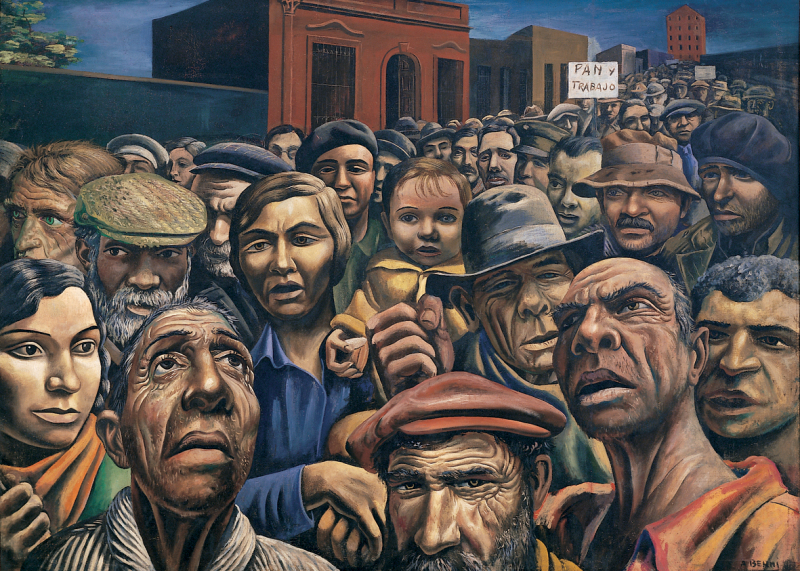Painting and sculpture
It can be seen as one of the Argentina Culture, Customs and Etiquette. Argentine painters and sculptors have a long history that predates and follows the development of modern Argentina in the second half of the nineteenth century. Artistic production did not truly come into its own until after the overthrow of Juan Manuel de Rosas' repressive regime in 1852. Immigrants such as Eduardo Schiaffino, Eduardo Svori, Reinaldo Giudici, Emilio Caraffa, and Ernesto de la Cárcova left a realist legacy that is still felt today.
Impressionism did not emerge among Argentine artists until after 1900, and it never gained the popularity it did in Europe, though it did inspire influential Argentine post-impressionists. Realism and aestheticism continued to dominate Argentine painting and sculpture during this period, which was notable for the sudden fame of sculptor Lola Mora, a student of Auguste Rodin's.
Muralism, like in Mexico and elsewhere, became increasingly popular among Argentine artists. Benito Quinquela Martn was among the first to use his drab surroundings as a canvas, and his vaguely cubist pastel-colored walls painted in his Buenos Aires neighborhood of La Boca during the 1920s and 1930s have become historical monuments and Argentine cultural emblems around the world.
With a strong sentimental streak in general, the Argentine public's taste for naive art and simple pottery cannot be overlooked. Since the time of Prilidiano Pueyrredón, naive artists such as Cándido López have captured the absurdity of war; Susana Aguirre and Aniko Szabó, the eccentricities of everyday neighborhoods; Guillermo Roux's watercolors, a circus atmosphere; and Gato Fras, childhood memories. Florencio Molina Campos's satirical depictions of gaucho life have become collectors' items.












